APOLLODORUS’ BRIDGE TO HEAVEN
Main photos Valentin Grigore
Text and secondary photos Andrei Dorian Gheorghe
Design Florin Alexandru Stancu-
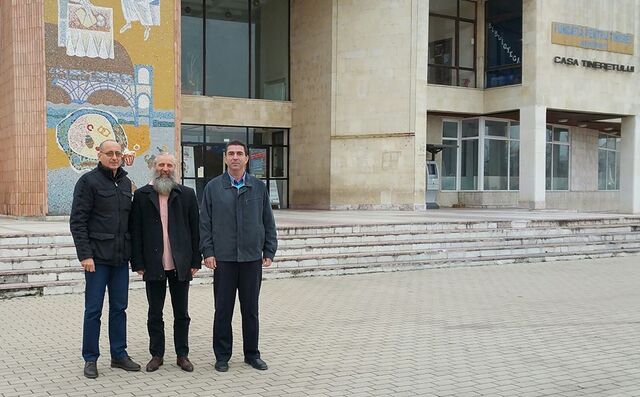
In the second part of 2016 November
the president of SARM, Valentin Grigore,
represented Romanian astronomy
at the national conference for youth foundations
in Drobeta Turnu Severin,
a town created right near the famous antique bridge over the Danube River
made by Apollodorus of Damascus
during the time of the Roman King Trajan and the Dacian King Decebalus…

…and also the native town of Victor Daimaca,
the teacher of mathematics who discovered two comets
during World War II.
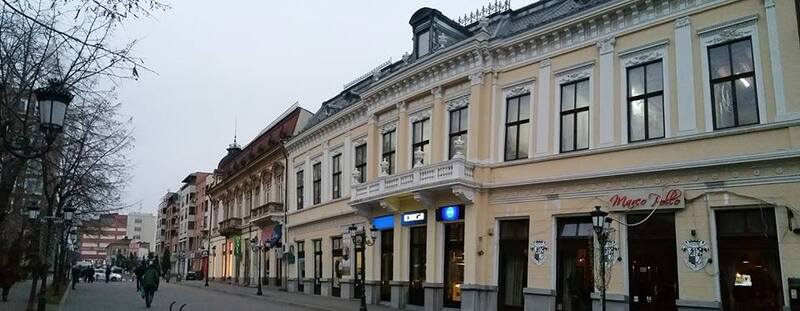
Before Valentin’s expedition I luckily take some pictures in Bucharest,
which made me think of the famous song of Led Zeppelin,
“Stairway to Heaven”.
Drobeta Turnu Severin (about 97,000 inhabitants today)
has a tremendous history.
After the partial conquest of Dacia (106 AC,
after 20 years of wars and periods of tensioned peace),
the Romans made here a castrum-municipium-colony named Drobeta.
Apollodorus’ bridge was destroyed by Huns in the 5th century,
but the zone successively remained under the dominations of the
Byzantines, Bulgarians and Magyars,
in spite of the Wallachian oppositions.
The Magyars made here a fortress in the 11th century
(protected at the middle of the 13th century by even the Knights of Saint John),
changed the name of the town
and established it as the Capital of the province named
the Banate of Szorenyvar.
The Wallachian “domnitors” and “voievods”
(local continuers of the Geto-Dacian-Roman population)
Ioan Basarab I and Mircea the Elder recovered for a short tome the zone
in the 14th century,
the last of them establishing Severin as the Capital
of the Oltenia province (the western half of Wallachia).
In the 1520s the Ottoman Empire destroyed the town,
but kept the zone as a “raya”
(enclave in the territory of the Romanian Land of Wallachia),
overtaking its excellent position for observations and control
of the Danube River.
In 1829
after a Russian-Ottoman war,
the zone was restituted to the Romanians,
who remade quickly Turnu (Tower) Severin with the support of
other communities (Germans, Austrians, Magyars, Serbs, Jews,
Bulgarians, Czechs and Armenians),
making it the economic centre of Southwest Romania.
Turnu Severin is also the town chosen by
the greatest Romanian writer, humorist and dramatist, Ion Luca Caragiale,
to place in 1899 the action of his humorous sketch, “About the Comet”,
in which a local high school is terrorized by the possibility
of the collapse of Comet Biela.
So that an expedition to such a town
should be very moving.
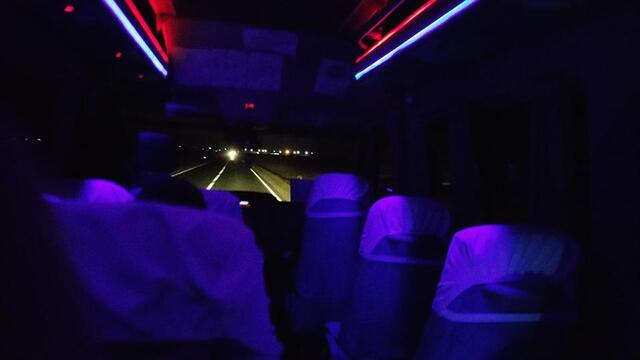
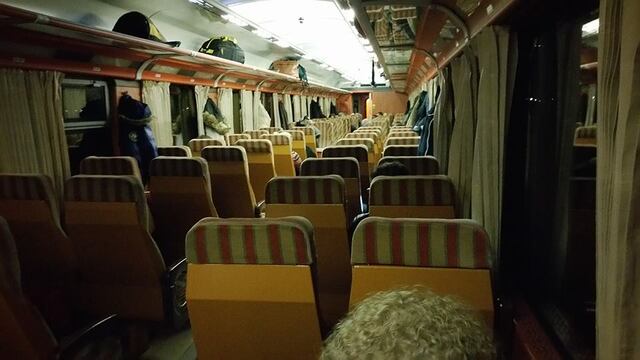
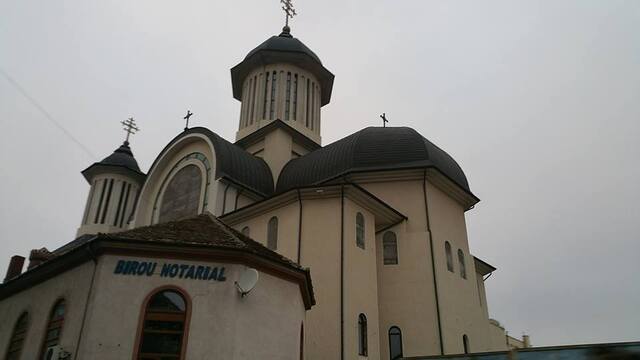
The weather was cloudy,
so Valentin Grigore had to limit to a sentimental walk,
without sparks of heavenly bodies:
He began with the new Orthodox Cathedral
(made after 2000).
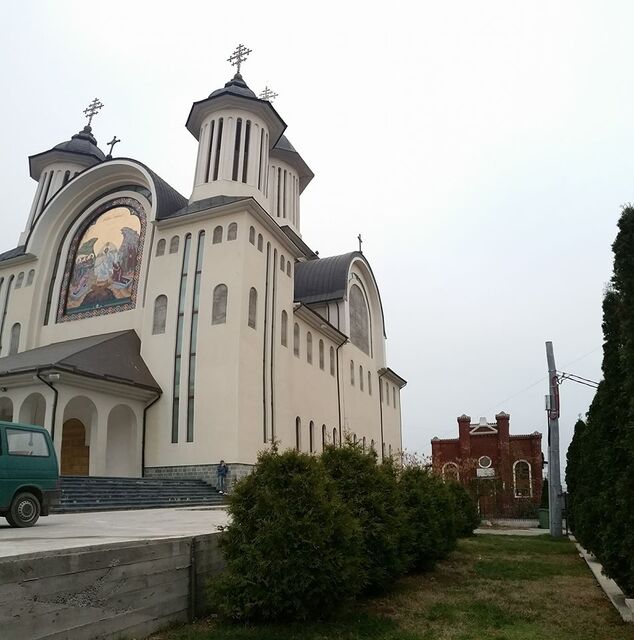
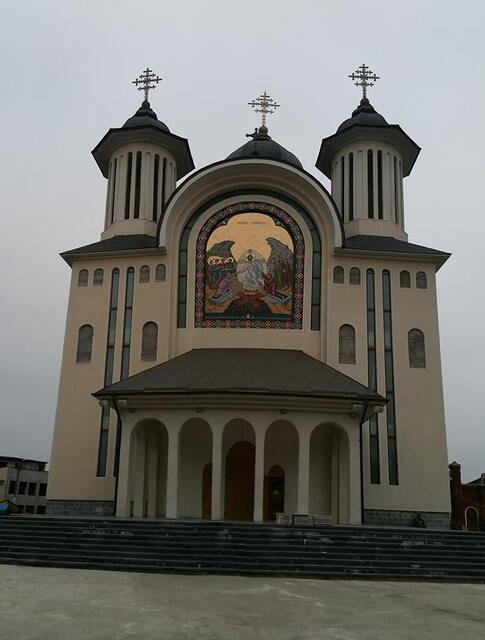
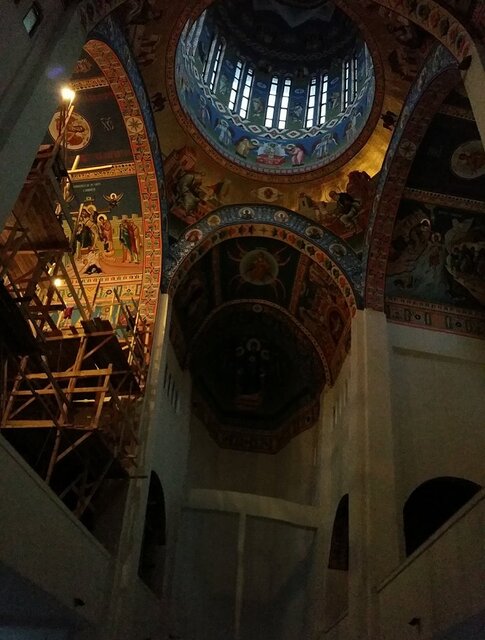
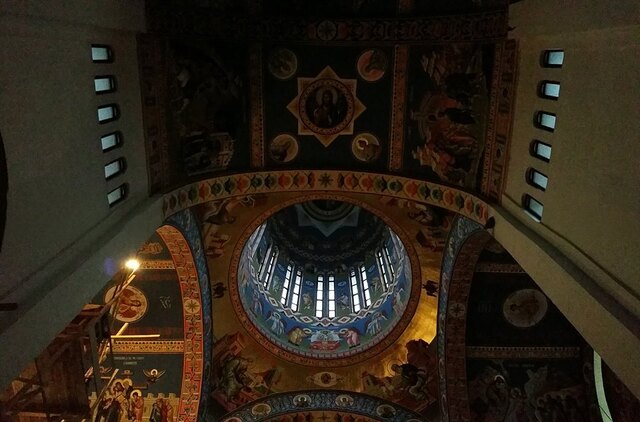
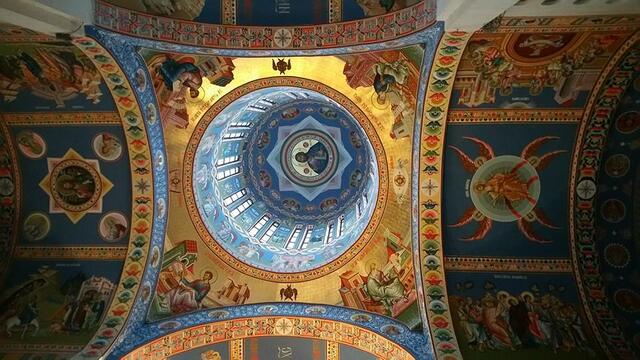
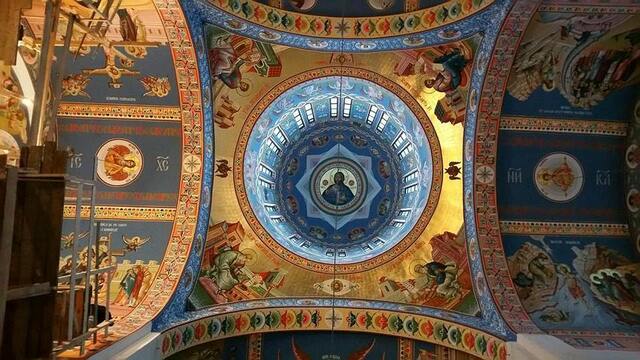
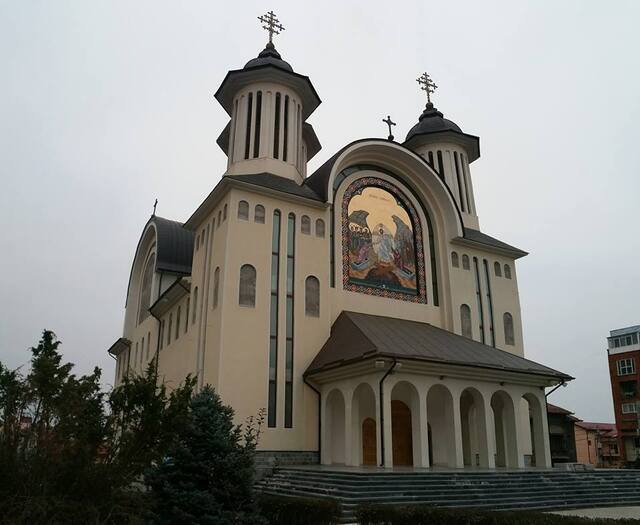
Then he lowered in time:
the Negru Voda Market Hall
(named after the legendary founder of Wallachia
and made in the 1900s by one of the best architects who promoted
the Neo-Romanian style, Mihai Cerchez)…
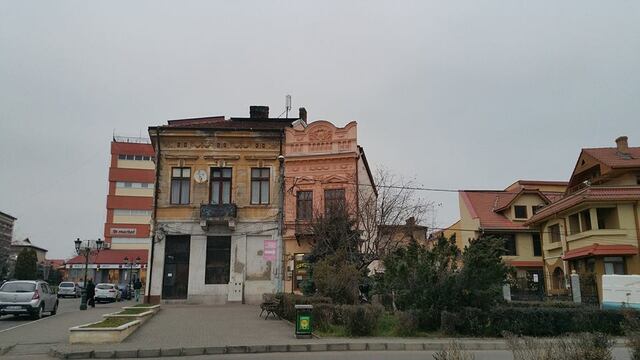
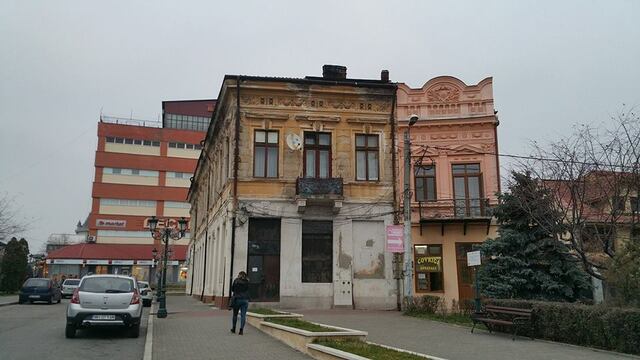
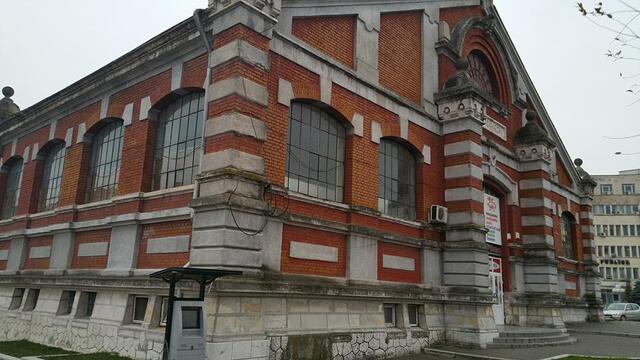
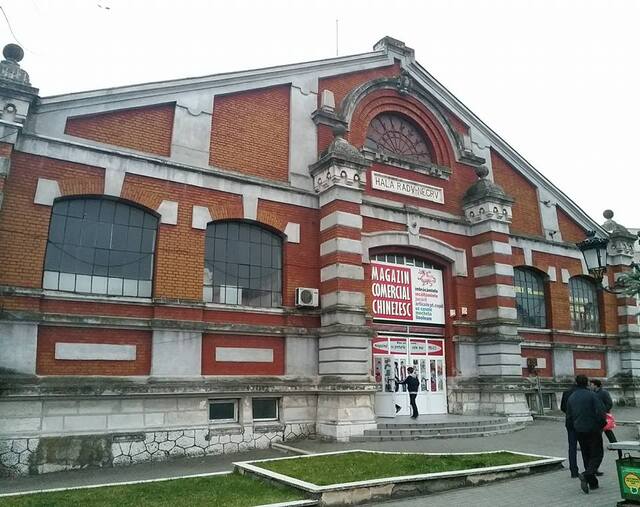
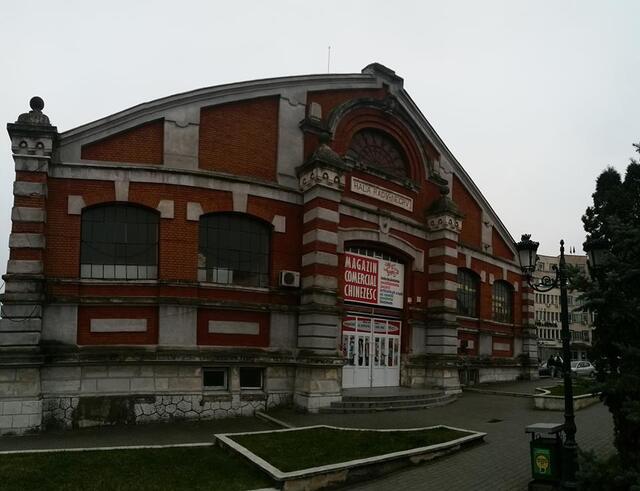
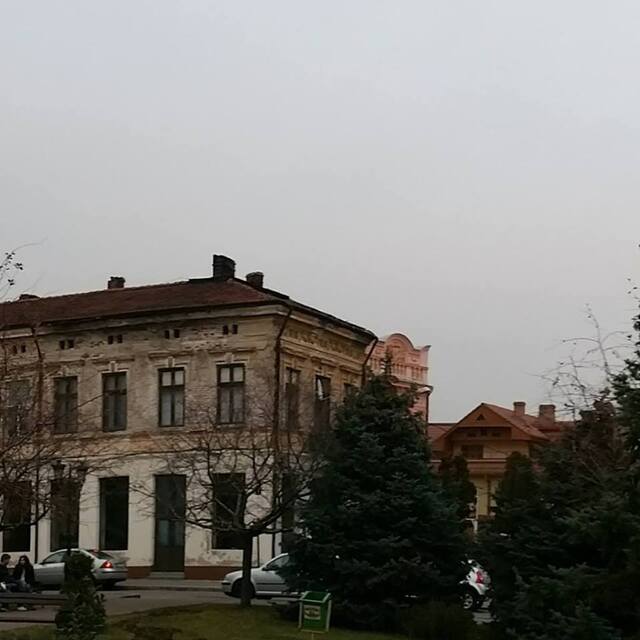
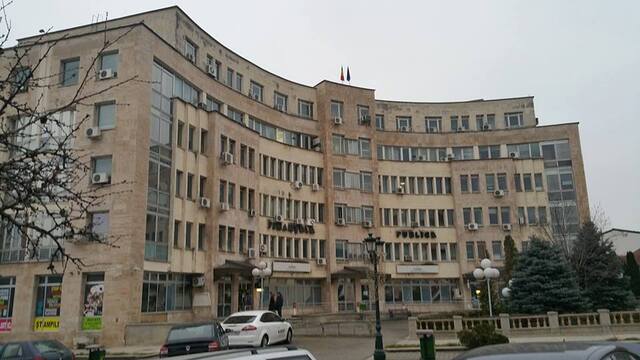
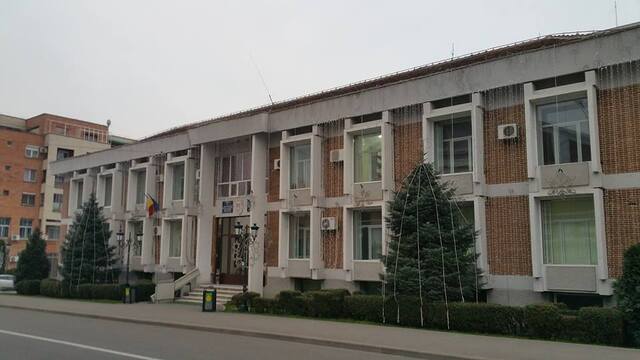
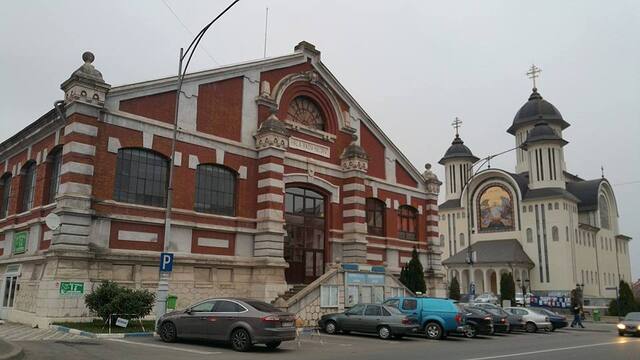
…the beautiful buildings of the central zone,
the busts of Emperor Trajan and King Decebalus,
the cultural theatre
(named after his creator, Theodor Costescu,
who was the director of the local high school - named after Emperor Trajan -,
and transformed it in a high class institution;
then, as the county prefect, he spent all his fortune for the making of the theatre,
and finally was forced to sleep in one of its rooms)…
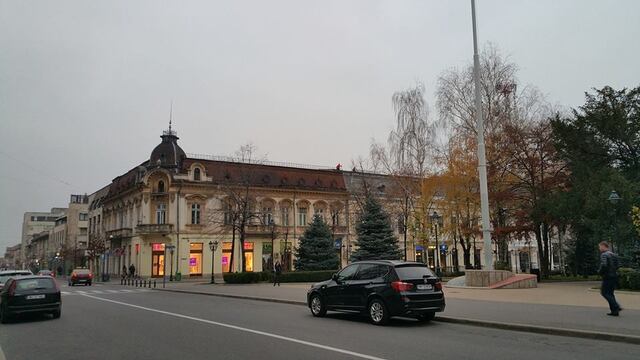
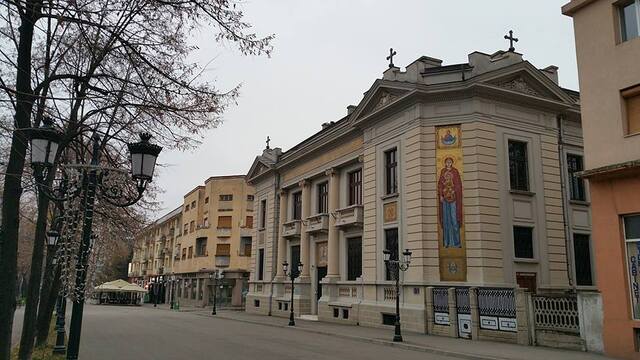
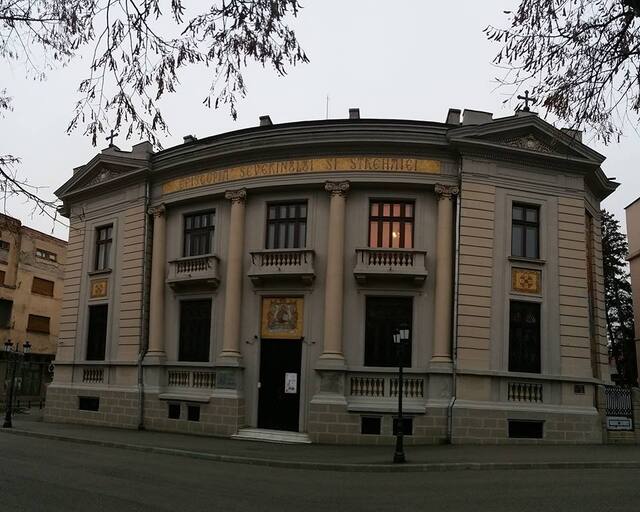
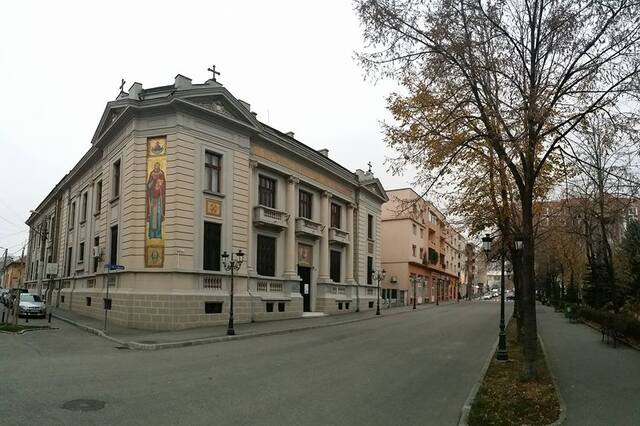
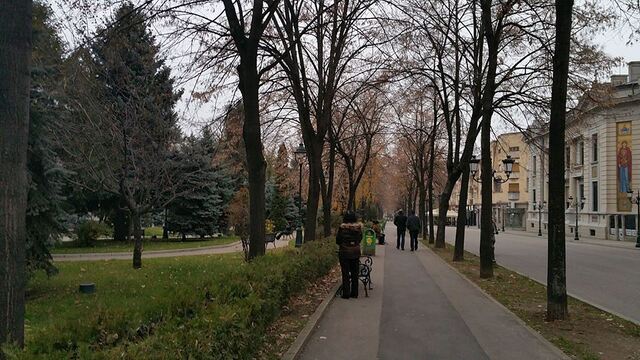
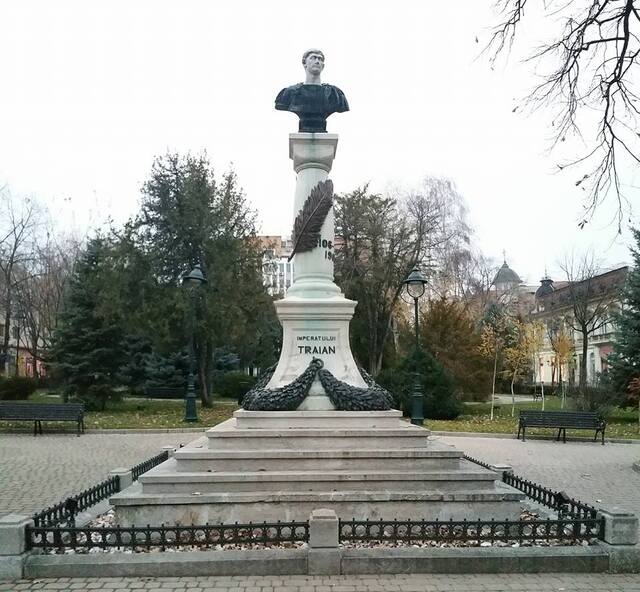
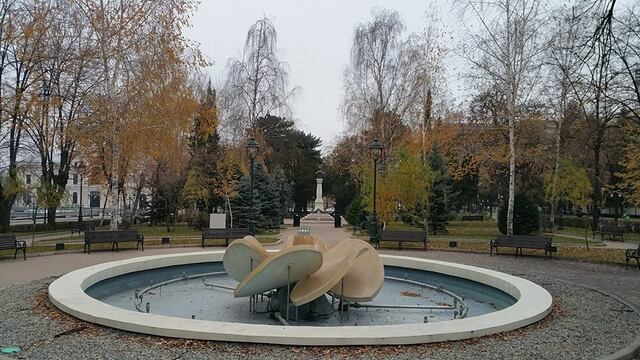
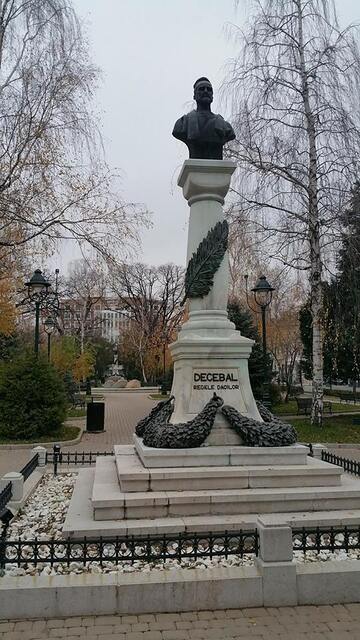
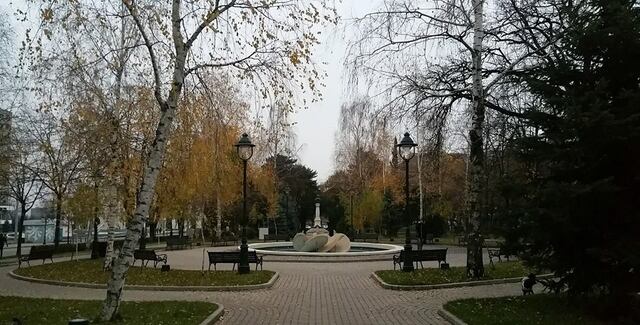
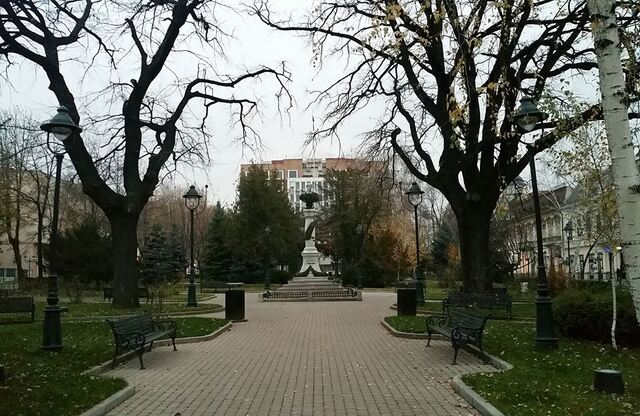
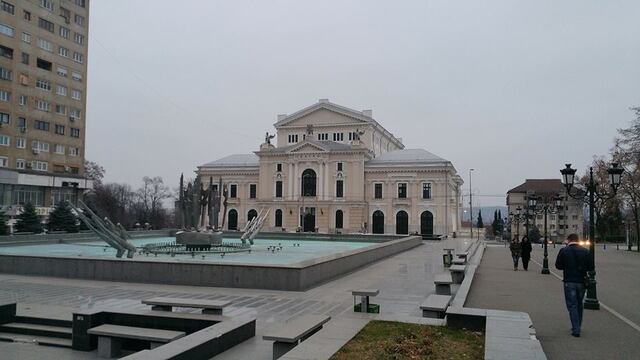
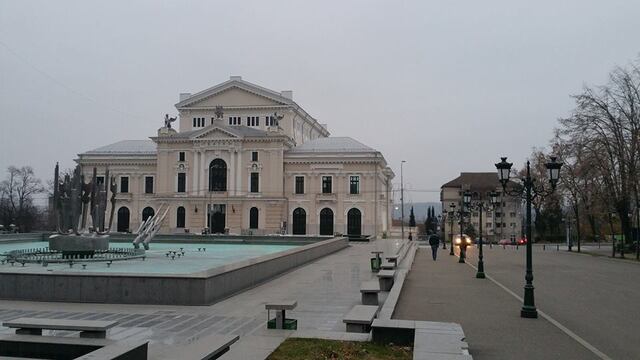
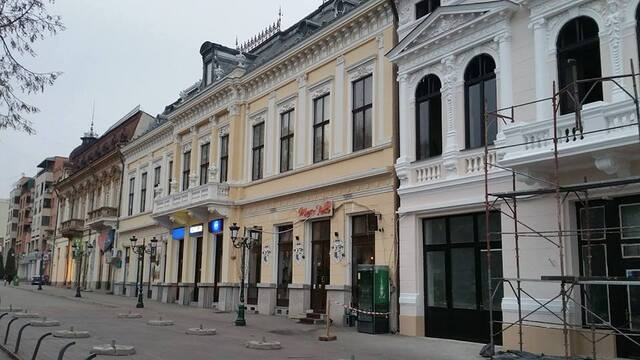
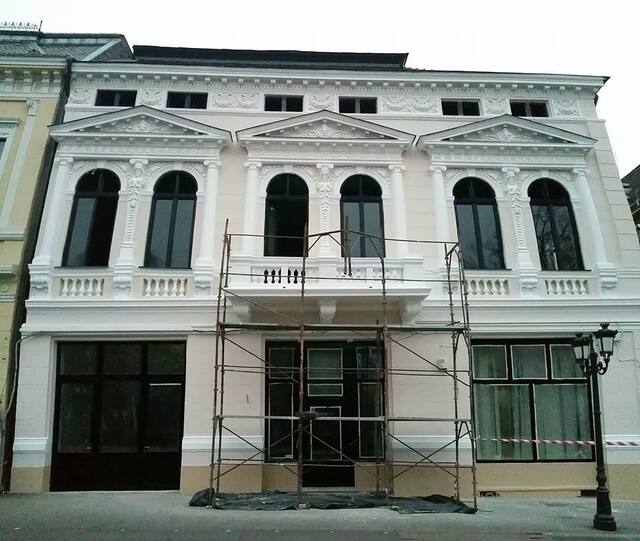
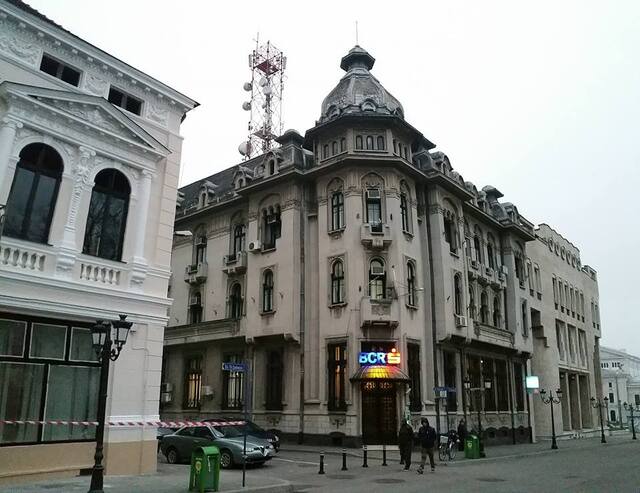
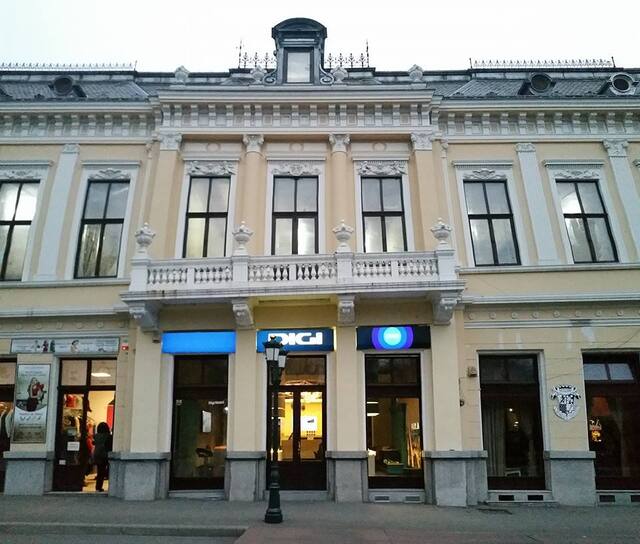
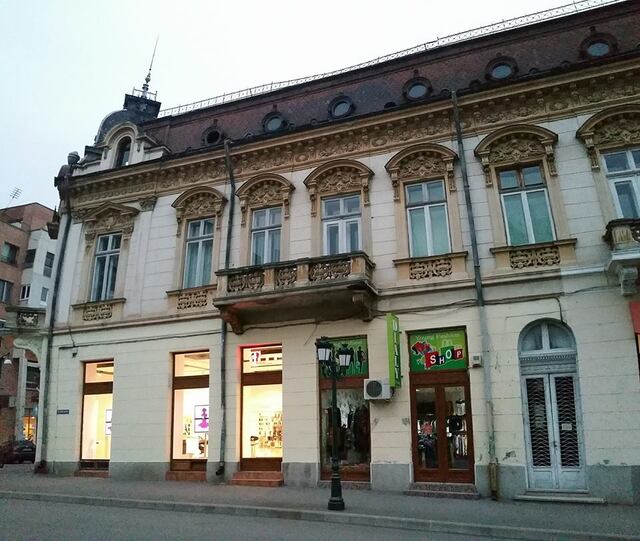
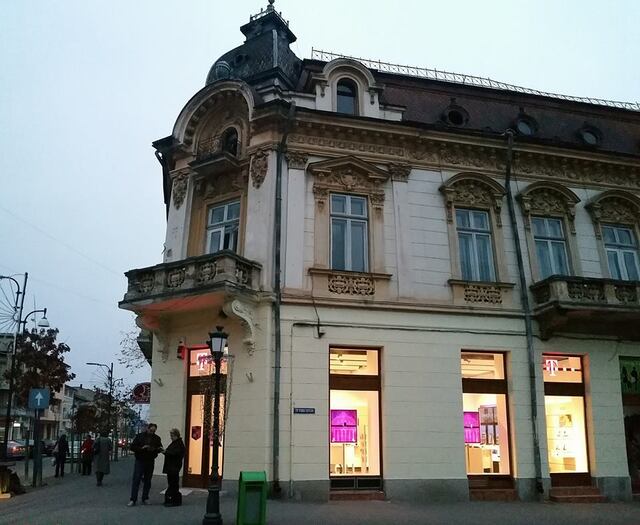
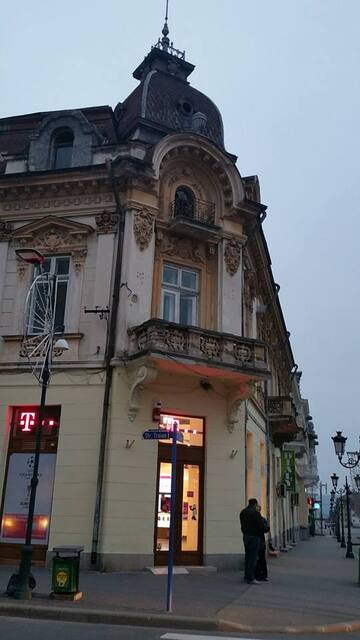
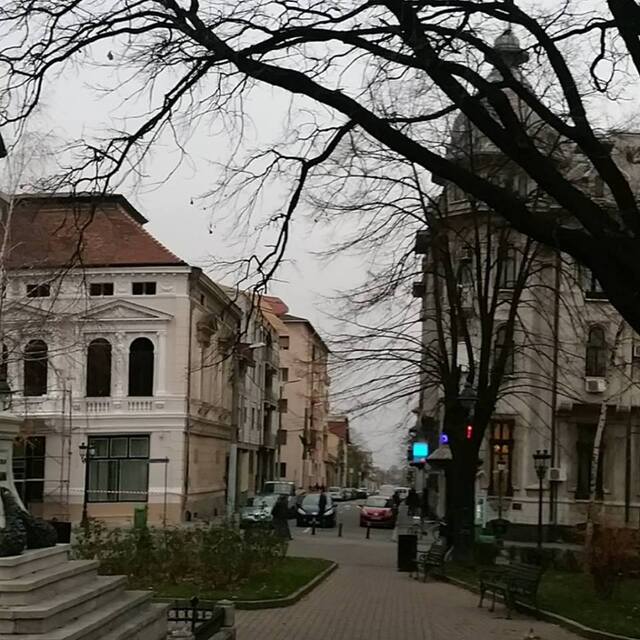
…and the fascinating destination:
the ruins of the Roman castrum and the medieval fortress,
the foot of Apollodorus’ brigde
and the impressive view of the Danube River.
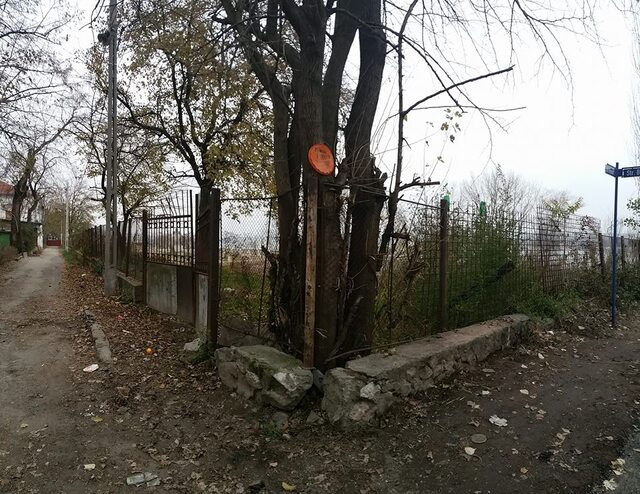
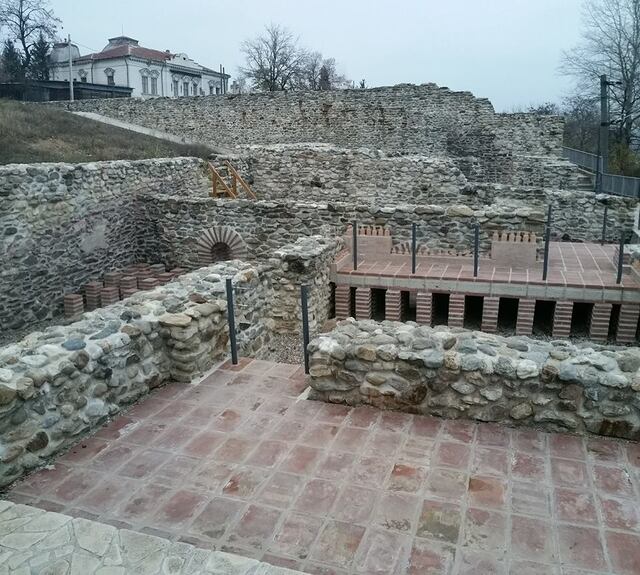
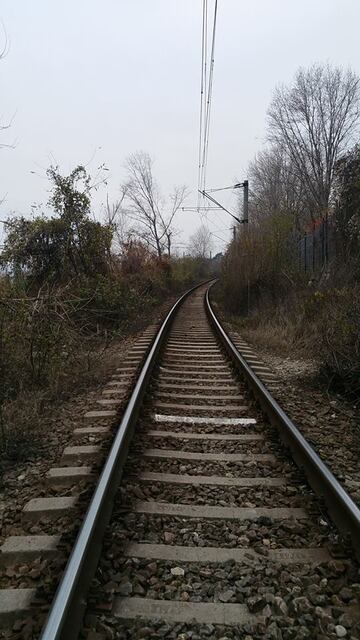
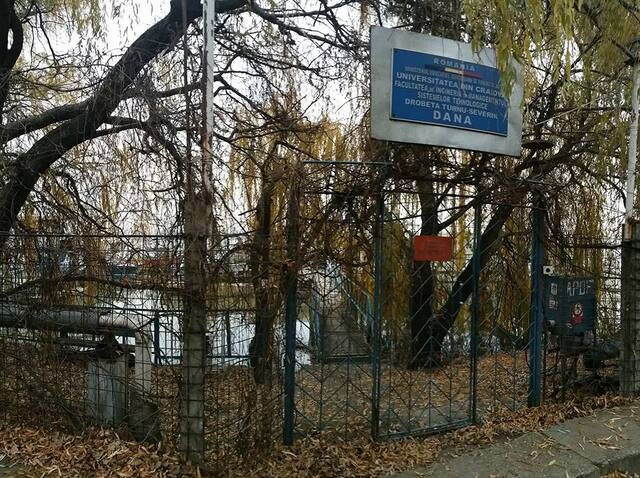
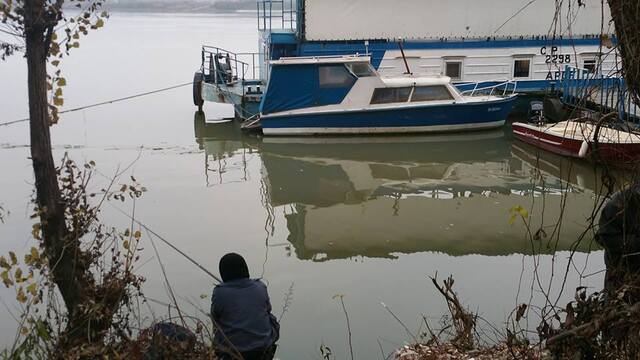
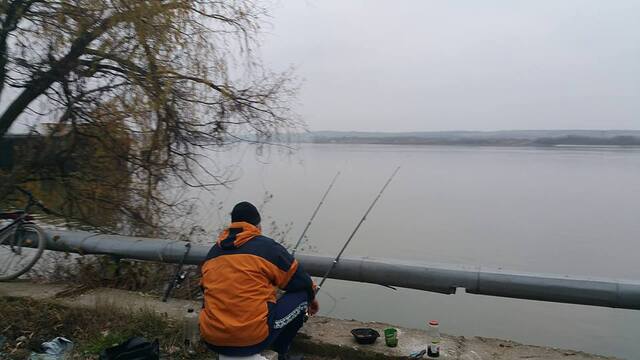
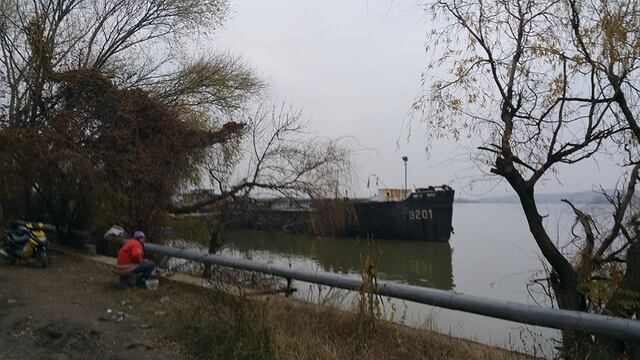
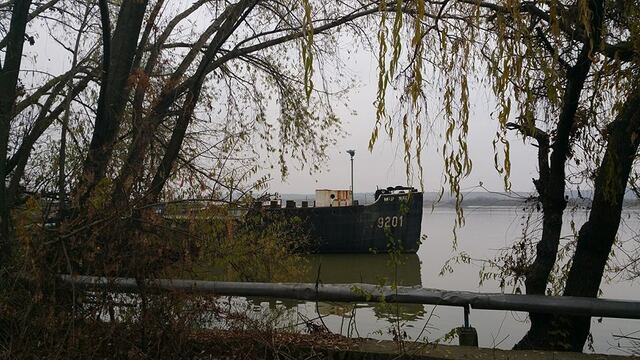
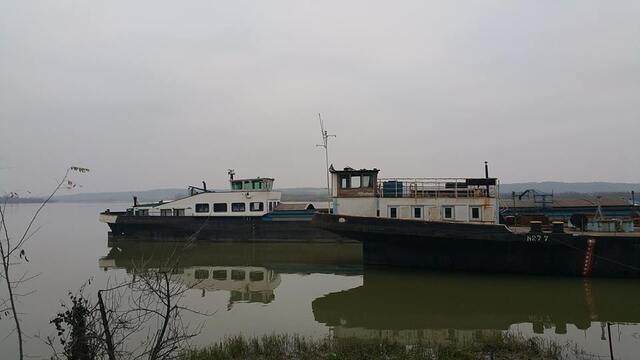
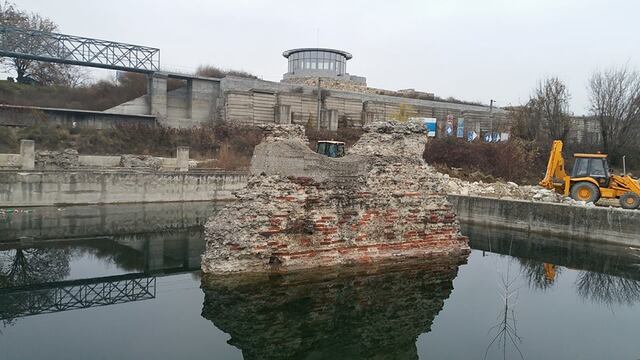
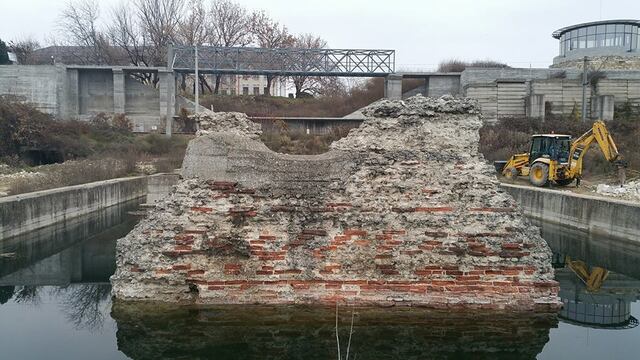
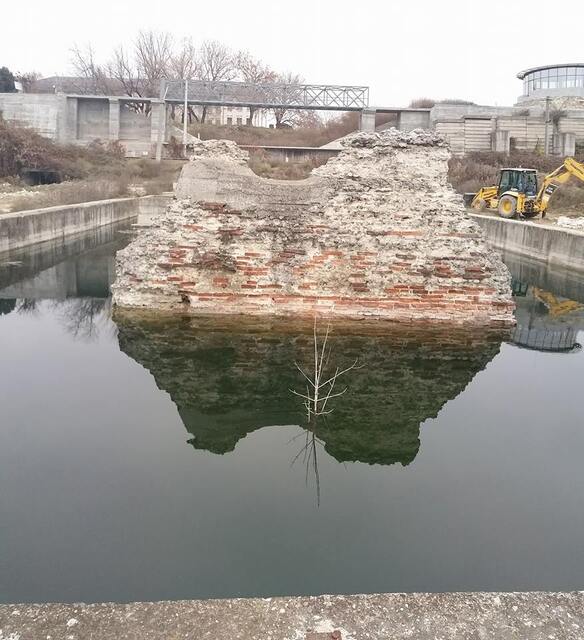
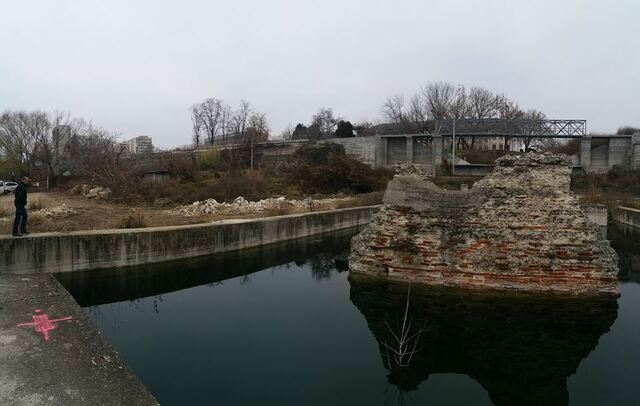
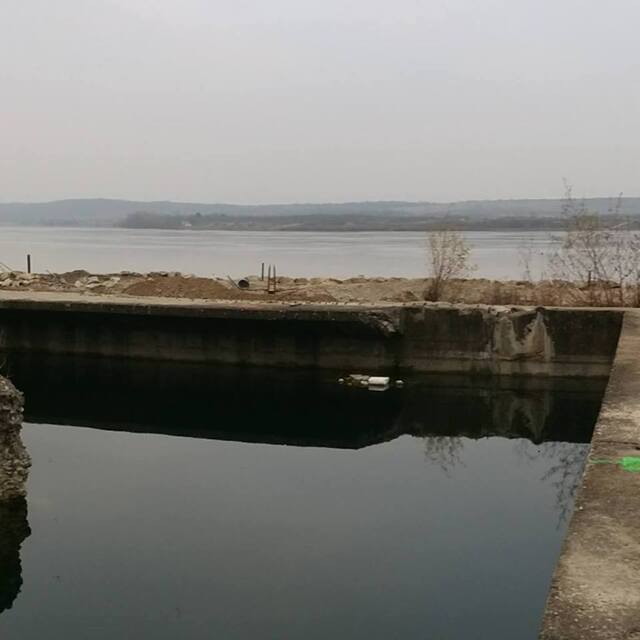
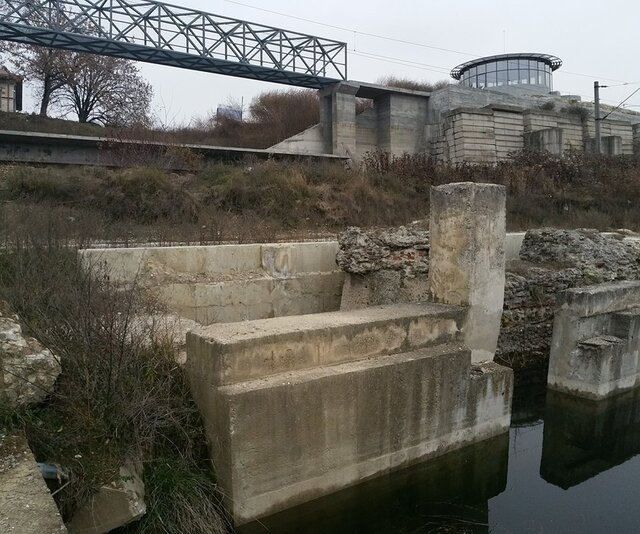
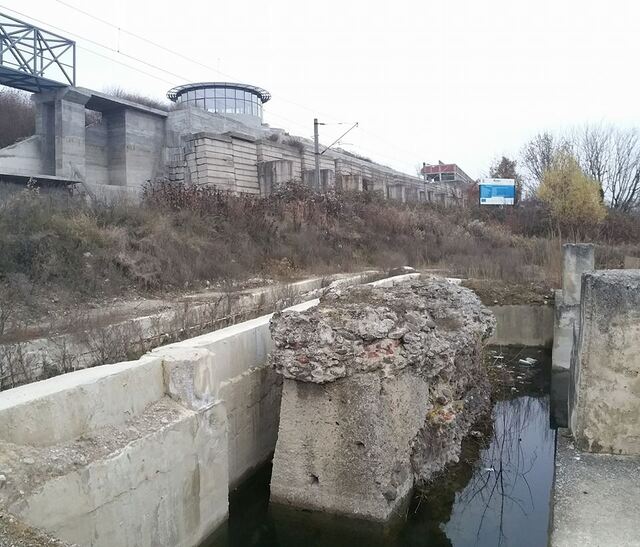
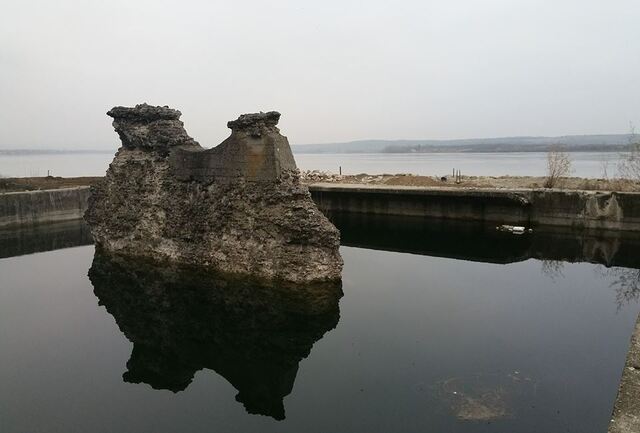
In the meantime I took a few other photos in Bucharest,
which made me think that a bridge can become even more:
a “stairway to heaven” beyond the Sun.
After the return of Valentin Grigore to his town, Targoviste,
we thought that a project dedicated to the beginning place
of the Dacian-Roman fusion, which gave birth to the Romanian people,
deserves a special final.
So we decided to photograph the three heavenly bodies
which are reproduced on the Romanian coat of arms:
the Sun, the Moon and Venus
(the last two being close one another at that time,
so apt to be caught in only one picture).
I did it in Bucharest (the current Capital City of Romania)
in 2016 December 1
celebrating the 98th year from the Great Romanian Union.
Valentin Grigore did it in Targoviste
(the former Capital City of Wallachia) one day later.
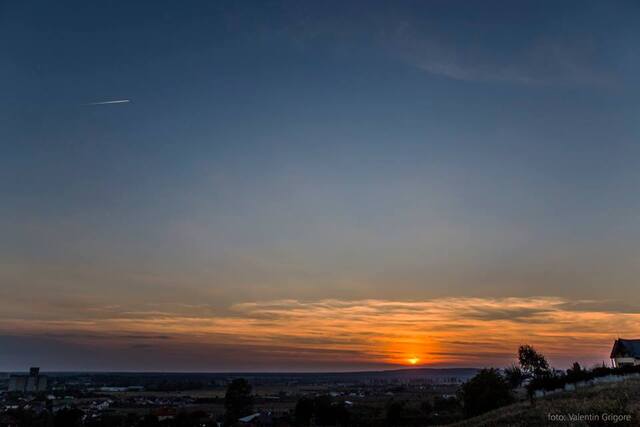
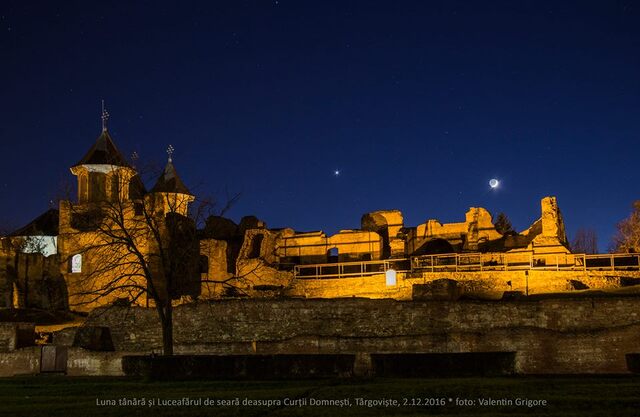
Decebalus and Trajan
Have made us very receptive,
So we wish Romania to climb the heavens and…
Long live!
*
© 2019 SARM
(Romanian Society for Meteors and Astronomy)